There is a crisis brewing in Houston lawns that left unchecked, will cause widespread damage.
After being in and out of hundreds of yards this year and spending hours talking with colleagues and fellow lawn care professionals, I have good reason to sound so dramatic! Let me explain how our recent extreme weather has brought our lawns to the brink of disaster and more importantly, what we can do to step back from the edge.
Looping
My concern began when I start to see widespread “looping” in St. Augustine grass. Looping is when the runners develop and grow over the top of the existing grass.
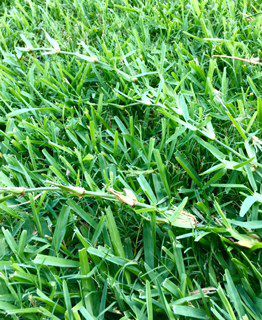
It is not unusual to have some of this occur – St. Augustine naturally forms runners that grow on the surface and there are a number of factors that can force them off the ground and over the grass:
- High Rainfall creates high surface moisture levels, allowing the runners to grow high as water is readily available at the surface.
- Nutrient Deficiencies stop the root system developing as it should.
- Compaction makes it difficult for the grass to root down and also traps moisture at the surface.
Our record rainfall in the last twelve months and the harsh winter has caused all three of these to lawn-endangering levels.
Adolescent Grass
Although the occasional errant runner is no great cause for concern, the looping we are seeing is pointing to a more significant problem: our grass has a small and malnourished root system.
Until recently, heavy rainfall has provided the moisture it needed at the surface; compaction from torrential downpours and flooding restricts the soils ability to absorb water and nutrients to any depth. Products we or you have used to try and replace lost nutrients are being absorbed only at the very surface, or washed away.
New sod is especially susceptible, and the combination of flood, webworm and freeze had many people installing new grass this year. Other high-risk areas are low-lying ground, high shade, areas of repeated Brown Patch (or other) damage, any area that has been over-watered or flooded and spots with a lot of weeds.
- Virginia Buttonweed
- Doveweed
- Basketgrass
Basically, we all have adolescent grass right now: Its body is growing at a rate it can’t control while the root system is struggling to keep up. Houston has Teenage Grass Syndrome (yes, I made that name up, but if the cap fits… :-D).
Here is what to look for:
- Looping
- Unexplained yellowing that doesn’t respond to extra water
- Patchy areas that won’t fill in
- Areas that look thin or aren’t growing properly
- Dry looking grass no matter how much you water
- Unexplained browning or dead blades
- The grass comes away from the ground easily under mild-moderate traffic.
- Excess weeds, especially Nutsedge, Virginia Buttonweed and Doveweed.
The Drama
Inevitably, with every Teenager, there has to be some drama. Through Spring the weather supplied attractive conditions for grass, we got a perfect mix of sun and rain, we fertilized and the grass was able to pull enough nutrients from that to appear healthy and grow a lot. But there is a super-size tantrum brewing.
A typical Summer/Fall in Houston can see daily highs of 100, drought, torrential flooding (yes, both, this is Houston Weather after all) followed by daily temperature ranges of 30+ degrees as our nights cool off but hot days linger on.
Even in a good weather year, our grass normally struggles under the combined duress of heat, fungus, insect and lawn crew attack. The past two September’s we have been in full-fledged Crisis Management as unprecedented Webworm and Brown Patch damage hit the area.
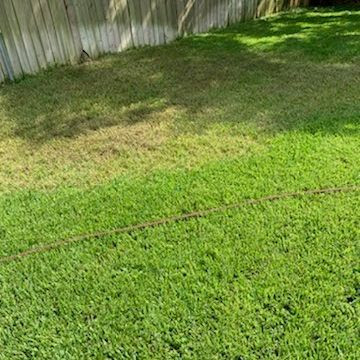
Sod Webworm Damage
The Intervention
Let’s back up a bit again to early June when we still have time to avert this pending crisis. There are three important steps to bring your grass’ root system to maturity:
Step1. Watering
- Check your sprinkler system: are you getting even watering? Are all zones working? Watering is going to be one of the key remedies (more or less) so you need to make sure your tools are in good shape.
- Water long and not often. You want to mimic a good rain, so run the sprinklers for about 20+ minutes, every 3rd, 4th or 5th day depending on how shaded or low-lying your lawn is. If you get run-off after 5 or 10 minutes, run 2 or 3 cycles an hour or so apart on the same day (and consider an aeration – see below.)
- Avoid mini-waterings. Regular waterings for minutes at a time are giving the grass exactly what it needs tosurvive at the surface; we need it to root down.
- Stress your grass. I know it sounds crazy but better the stress we can control than that we can’t. Go an extra day once a week without water to really give it a reason to go deeper. If you already have a lot of damage you may have to slowly lengthen the times without water over weeks or months.
No two lawns are the same, so take the guesswork out of watering and get yourself a moisture tester or a Smart Sprinkler.
Step 2. Mowing:
- The grass should be cut 2 1/2″ – 3″ at least once a week, if we are going to be stressing the grass with a lack of water we don’t want to add to that stress by cutting it too short or growing it too long.
- Skip the edging (sometimes). There are likely areas in your yard that do not require weekly edging. It may be needed this often around driveways and walkways but around flowerbeds and fencelines try once or twice a month.
- Leave the clippings at least once a month (unless you have significant thatch build up already. Ask your lawn care professional or local nursery if you are unsure.)
Step 3. Treatment:
- Aeration: de-compact the soil, give the root system room to grow and the soil room to absorb water and nutrients. If you already see a lot of looping, or certain weeds like Nutsedge or Virginia Buttonweed thriving, I strongly recommend this.
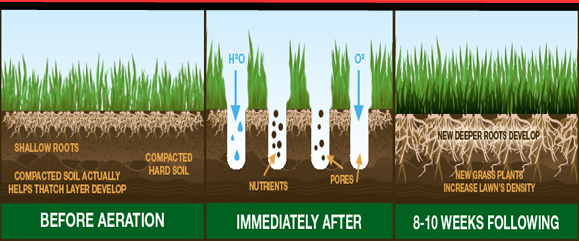
- Top-dressing: apply sand and compost to the surface (especially in low-lying spots, areas you are seeing a lot of looping, weeds, or those you know suffer from Brown patch.)
- Soil conditioning: think of it as a multi-vitamin for your lawn: Molasses, soil activators, humates, fish emulsion, seaweed-based products are all fantastic options.
- Switch to hybrid or organic fertilizers – slow-release formulas that allow for steady growth rather than an accelerated burst with excess getting washed away. You especially want to avoid high nitrogen in Fall.
Depending on the severity of the problem in your lawn you may need one or all of these to get your grass back on track.
Take A Walk
Take a moment this weekend to walk your lawn: tug a few runners, check for weeds. You may have been wondering for weeks now what’s wrong with your grass or you may only see a couple of symptoms. Some areas may be doing great but others are struggling. If you are at all unsure whether your grassroots are healthy, most Lawn Care Professionals will offer free consultations and can quickly let you know if you have cause for concern.
These problems can be resolved if you take action in the next few weeks, but by August or September it could be too late.
Have concerns about your own lawn or questions about Teenage Grass Syndrome? Let me know in the comments section below.
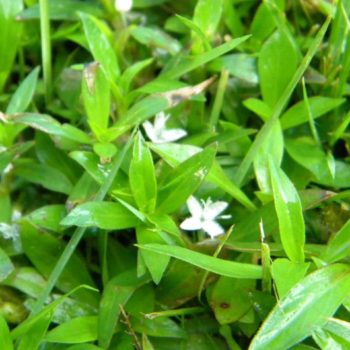
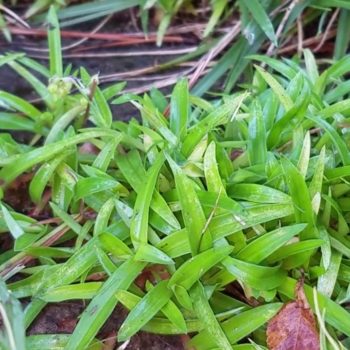


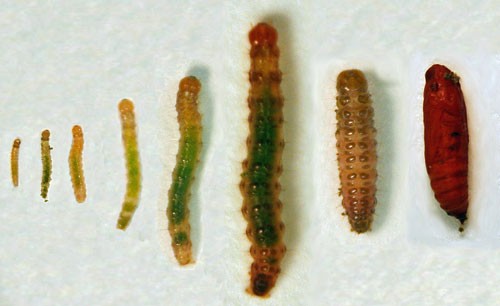

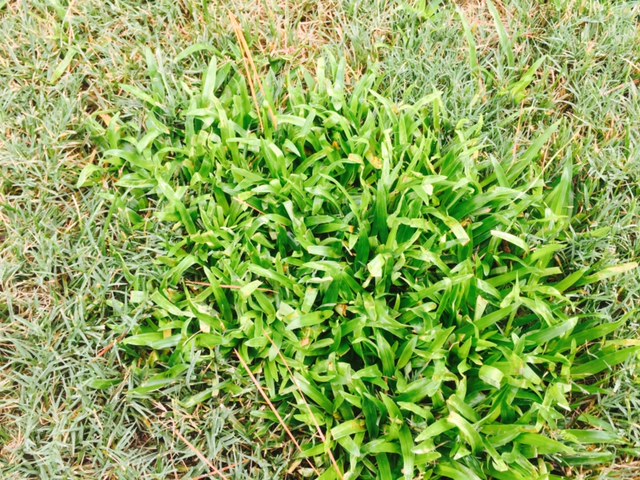
Leave A Comment